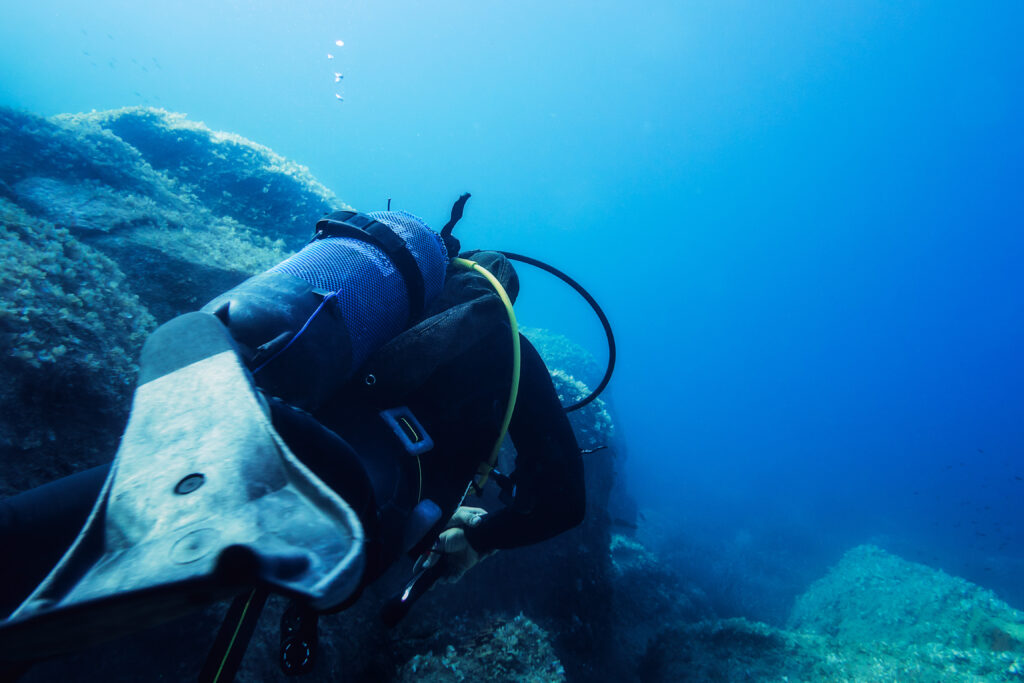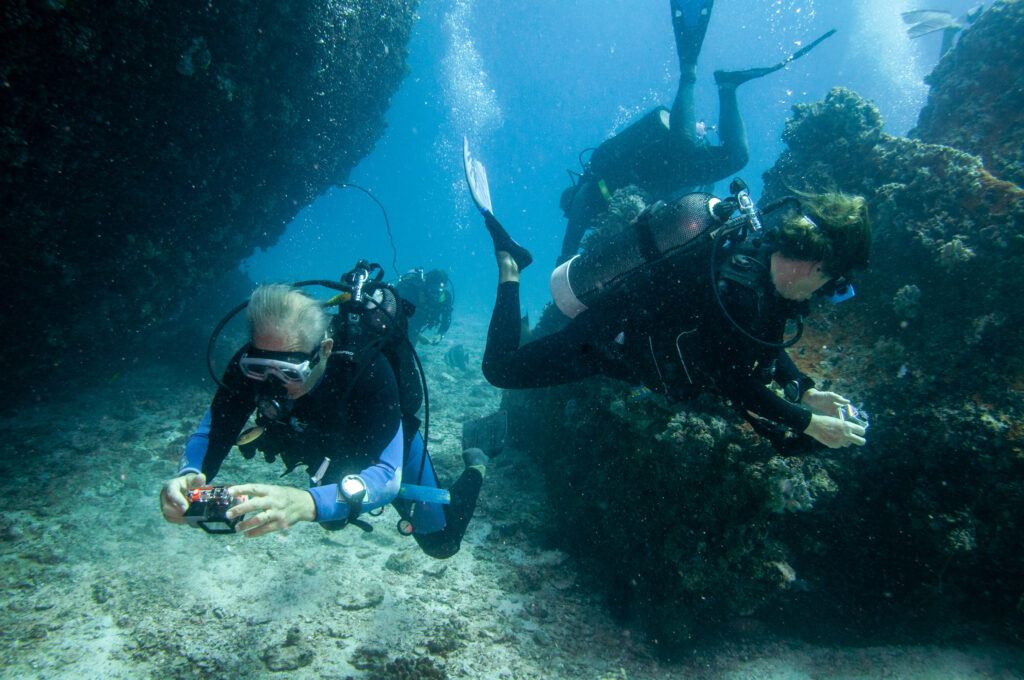What is Actual Bottom Time (ABT)?

actual bottom time refers to the total amount of time that elapses from the moment a diver begins their descent until they initiate their ascent. During this period, the diver is submerged underwater, exploring marine life, inspecting underwater structures, or conducting scientific research. The calculation of actual bottom time is a critical aspect of dive planning and dive safety, as it has implications for decompression requirements, air supply management, and physiological considerations.
What is Decompression Illness?

Decompression illness (DI) is a significant condition that affects scuba divers and can have serious health implications if not properly managed. It encompasses a range of ailments resulting from changes in pressure, particularly during ascent after a dive. Understanding decompression illness is crucial for divers, as it helps in preventing, recognizing, and treating this potentially life-threatening condition. This article will cover the physiology, types, causes, risk factors, prevention strategies, diagnosis, treatment, and implications of decompression illness.
What is a Jon Line?

A jon line is a specialized piece of equipment used by scuba divers to maintain a stable position underwater, particularly during decompression stops in strong currents. It is essentially a length of cord or webbing, typically around 1.5 to 2 meters (4.9 to 6.6 feet) long, equipped with a clip or carabiner at one end and sometimes a handle or loop at the other. The term “jon line” is derived from its creator, Jon Hulburt, a diver who saw the need for such a tool to aid divers in holding their position without expending excessive energy. In technical and recreational diving, the jon line has become a crucial tool for ensuring safety and reducing physical exertion during prolonged stops.
What is a Submersible Pressure Gauge?

A submersible pressure gauge (SPG) is a vital piece of equipment for scuba divers, used to monitor the pressure of the air remaining in their diving tanks. This instrument is crucial for ensuring that divers have enough air to safely return to the surface. The SPG is typically connected to the diver’s first-stage regulator and displays the pressure in the tank in real-time, allowing divers to keep track of their air supply and manage their dive plans accordingly. By providing accurate and immediate feedback, the SPG helps prevent potentially dangerous situations caused by running out of air underwater.
What is a No Stop Dive?

A no stop dive, also known as a no decompression dive, is a type of scuba diving where divers can ascend directly to the surface without having to make mandatory decompression stops. These dives are characterized by staying within certain depth and time limits to avoid the need for decompression, which occurs when dissolved gases, primarily nitrogen, form bubbles in a diver’s body during ascent. The practice is crucial for recreational diving as it emphasizes safety and proper planning. Understanding the concept and adhering to the guidelines can prevent decompression sickness, making no stop dives a fundamental aspect of safe diving practices.
What is a No Decompression Dive?

A no decompression dive is a type of underwater diving where the diver can ascend directly to the surface without needing to perform decompression stops. This concept is fundamental to recreational diving, ensuring that divers can enjoy underwater exploration while minimizing the risks associated with decompression sickness. Decompression sickness, often referred to as “the bends,” occurs when dissolved gases, primarily nitrogen, come out of solution in the blood and tissues, forming bubbles as pressure decreases during ascent. By adhering to no decompression limits (NDL), divers avoid the critical levels of gas absorption that necessitate staged ascents, making their underwater adventures safer and more manageable.
What is a Triangular Dive Profile?

A “Triangular Profile” is a specific dive profile commonly used in scuba diving, characterized by three distinct stages: the descent, the bottom time, and the ascent. This diving method is so named due to the graphical representation of the dive, which forms a triangular shape when the diver’s depth is plotted against time.
What is a Safety Sausage?

What is a Safety Sausage? The Safety Sausage, colloquially named for its elongated, tubular shape and vivid coloration, is a crucial tool in a diver’s arsenal. Officially known as a Surface Marker Buoy (SMB), it functions as a critical signaling device between divers and surface personnel, ensuring safety and communication in the vast and often […]
What is Upstream in Scuba Diving?

What is Upstream in Scuba Diving? In the realm of scuba diving, “upstream” refers to a direction that goes against the flow or current of a body of water. Upstream swimming is often more challenging due to the added resistance posed by the water’s flow. This term also carries metaphorical implications, suggesting the act of […]
What is Ascent when Diving?

Ascent refers to the upward movement a diver makes as they transition from being submerged underwater to reaching the surface. This process is an essential phase in scuba diving, directly impacting the safety and health of the diver. Ascent is not necessarily a straightforward or continuous journey from depth to the surface; it may require planned pauses, known as decompression stops, to help the body adjust to pressure changes and avoid decompression sickness, a condition commonly called “the bends.” In scuba diving, a controlled and deliberate ascent is crucial to maintaining well-being, preventing injuries, and ensuring a safe return to the surface. This article will explore the importance of ascent, its stages, best practices, and the potential risks divers face during this critical part of the dive.
